
HAPPY BIRTHDAY April 8th
Michael Bennett (1943-1987)
Choreographer
h/t to qlbtq
James Kirkwood, co-author of A Chorus Line, lashed out at the show's creator, director, and choreographer: "Michael would do anything--anything--to get a show on. The cruelty was extensive. And not just in his professional life. He was amoral."
The charismatic Bennett was a lover of men and women; his two primary heterosexual relationships were stormy, first with wife Donna McKechnie (wed December 1976, divorced four months later) then with Sabine Cassel, whom he promised to wed but did not.
His relationships with men were less publicized, but they included long relationships with dancers Larry Fuller, Scott Pearson, Richard Christopher, and Gene Pruitt, his last lover.Bennett made his Broadway debut as a dancer in Subways Are for Sleeping (1961), but he soon realized that he had a greater talent for choreography than for dancing. Bennett's first solo assignments as a choreographer were on A Joyful Noise (1966) and Henry, Sweet Henry (1967).
His first big hit was Promises, Promises (1968), which was followed by Coco (1969). Working with Harold Prince on Stephen Sondheim's Company (1970) and Follies (1971) led him to decide that he wanted to be a director as well as a choreographer.
Bennett's dream was realized when he was called in to save Seesaw (1973). He agreed to take over the show on the condition that he would have creative control of the production. He ultimately received credit (and Tony nominations) as librettist, director and co-choreographer.
Bennett decided to do a show about the lives of dancers, but rather than commission a script he let the story-line evolve from the experiences of real dancers. After conducting hours of interviews with Broadway gypsies, Bennett began an unprecedented year of workshops at Joseph Papp's Public Theatre.
The result was A Chorus Line (1975). A risk all the way around, the show opened without stars and ran two hours and 10 minutes without an intermission. Bennett received credit as director, co-producer, co-author, and co-choreographer.
After a few months at the Public Theatre, A Chorus Line moved to Broadway on July 25, 1975, where it remained at the Schubert Theatre for the next 15 years. The breakthrough musical won the New York Drama Critics Circle Award, the Tony Award, and the Pulitzer Prize, among many other honors. When the show closed on April 28, 1990, it had run for 6,137 performances, still a record for a Broadway musical written by Americans.
The winner of eight Tony Awards, Bennett's legacy to musical theater is undoubtedly his fluid, cinematic style of choreography and staging, which reached its ultimate realization in Dreamgirls (1981), where even the computerized towers of the set were choreographed into the action of the play. Like Robbins, he did more than choreograph steps; he put the entire show into motion.
Inadvertently, Bennett's other great benefaction was to provide the New York Shakespeare Festival with the bulk of its income for many years. As one of the producers of A Chorus Line, the Public Theatre earned approximately $37,800,000 from Bennett's landmark production.
In January 1985 Bennett abandoned the almost completed musical Scandal, which he had been evolving through an extended series of workshops. Many observers felt this to be Bennett's strongest work, with few understanding the toll that alcohol, drugs, and a weakened immune system had taken on this genius of the theater.
When Michael Bennett died on July 2, 1987 at the age of 44 of AIDS-related lymphoma, he left a sizable portion of his estate to funding research to fight the AIDS epidemic.
||||||||||||||||||||||||||||||||||


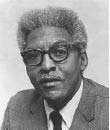



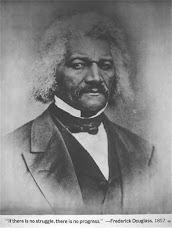
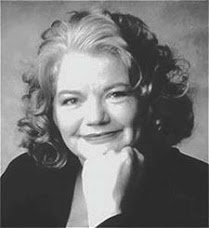







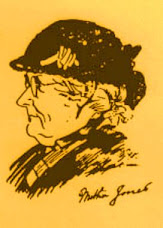
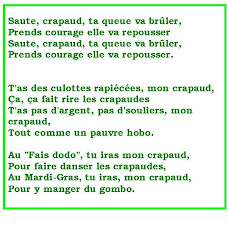

No comments:
Post a Comment